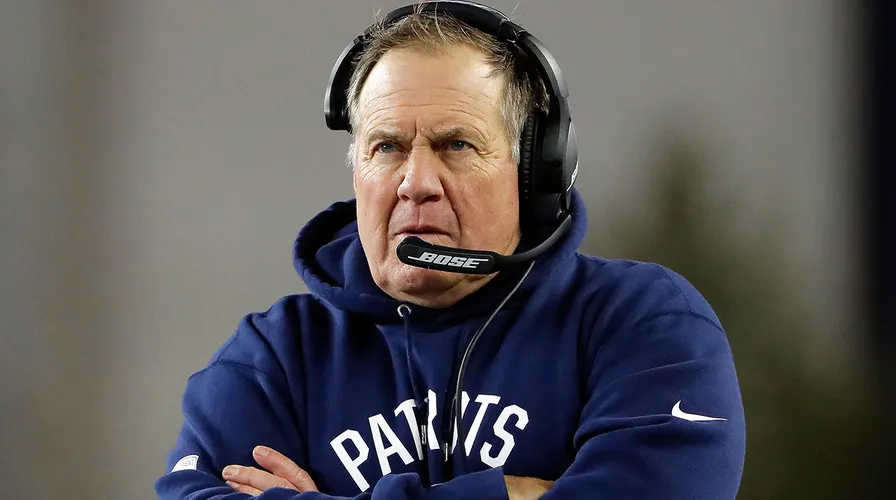
Tom Brady and Bill Belichick spent 20 seasons together with the New England Patriots, building the most successful dynasty in NFL history.
However, Brady and Belichick had different approaches to their roles.
In a recent conversation with Harvard Business Review’s Nitin Nohria, Brady reflected on their contrasting styles, admitting that playing under Belichick could be challenging, even for him.
“We all felt fortunate to play for him, and there were many benefits to his approach, but his motivational style—often based on fear—was sometimes difficult,” Brady explained. “As a team leader, I tried to balance that by being more upbeat.”
By the time Brady’s tenure with the Patriots was winding down, the tension between Belichick’s cold, win-at-all-costs mentality and Brady’s leadership style had become apparent. This tension likely influenced Brady’s decision to leave the Patriots and finish his career with the Tampa Bay Buccaneers.
Brady understood why Belichick maintained a certain distance from players, given his dual role in coaching and personnel decisions, which sometimes required him to cut or trade players. In contrast, Brady made a point of connecting with teammates on a personal level, regardless of their status.

Despite their differences, the Brady-Belichick partnership was incredibly successful, leading the Patriots to six Super Bowl victories. While there may have been friction at times, it seems to have dissipated with Brady’s retirement and Belichick’s uncertain future after leaving the Patriots.
Belichick attended Brady’s historic Patriots Hall of Fame ceremony in June, where Brady left no doubt about his respect for his former coach, stating, “There is no coach in the world I would rather play for.” Brady added, “I like to think my style complemented coach Belichick’s. I was lucky to play for a coach who was so smart, hardworking, and focused on discipline—someone who relentlessly held people accountable. He was fortunate to have someone like me who could sense where the team was emotionally, rally the troops, and bring everyone together.”







